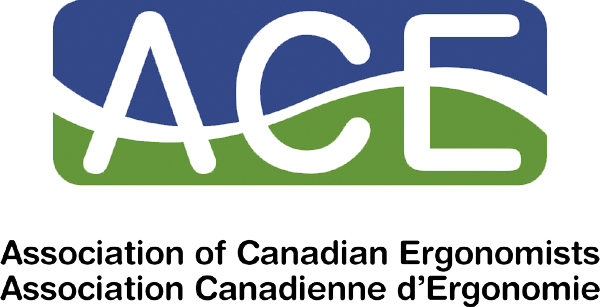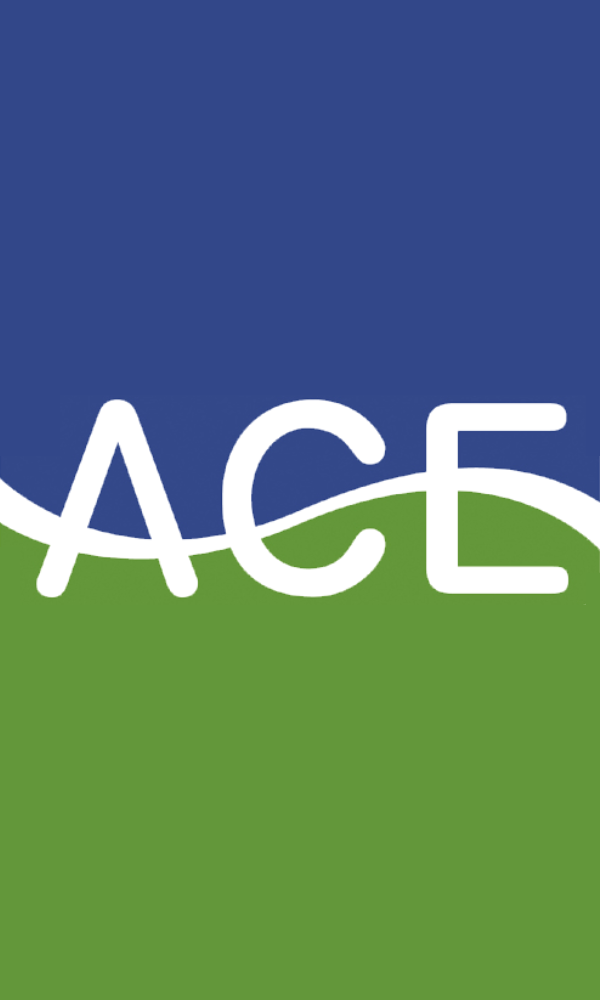Resources to Help You Succeed
Stay Ahead with These Vital Resources
Supporting ergonomists in their vital work of creating safe and efficient environments is crucial. To that end, we've gathered a collection of valuable tools and information. This compilation offers a range of support, from foundational knowledge to the latest advancements in the field. Whether you're an experienced practitioner or new to ergonomics, these resources aim to bolster your expertise and contribute to your success.
Bylaws And Policy Manual
Bylaws
Governance Policy Manual
i. Policy - Official Languages
ii. Policy - Conflict of Interest
iii. Policy - Policy Review
iv. Policy - IEA delegate selection
v. Policy - Use of ACE Council Titles
Administration Policy Manual
i. Policy - Retention Schedule
ii. Policy - Minute Taking Standards
Finance
Communications
i. Policy - Website Updates
Membership
i. Policy - Member Dues
ii. Policy - Corporate Membership Acceptance
iii. Policy - Nomination for IEA Fellow
iv. Policy - Privacy
v. Policy - Individual member use of ACE name and logo
vi. Policy - Region logo use
vii. Policy - IEA Fellow Nomination
viii. Policy - Retired Members
ix. Policy - Temporary Membership (dues abatement)
x. Policy - Part Time Students
Programs
i. Policy - Conference Proceedings
ii. Policy - Triennial Awards
External Relations
i. PLCY - ER - Knowledge Transfer Partners
ii. Policy - Reciprocal Advertising


